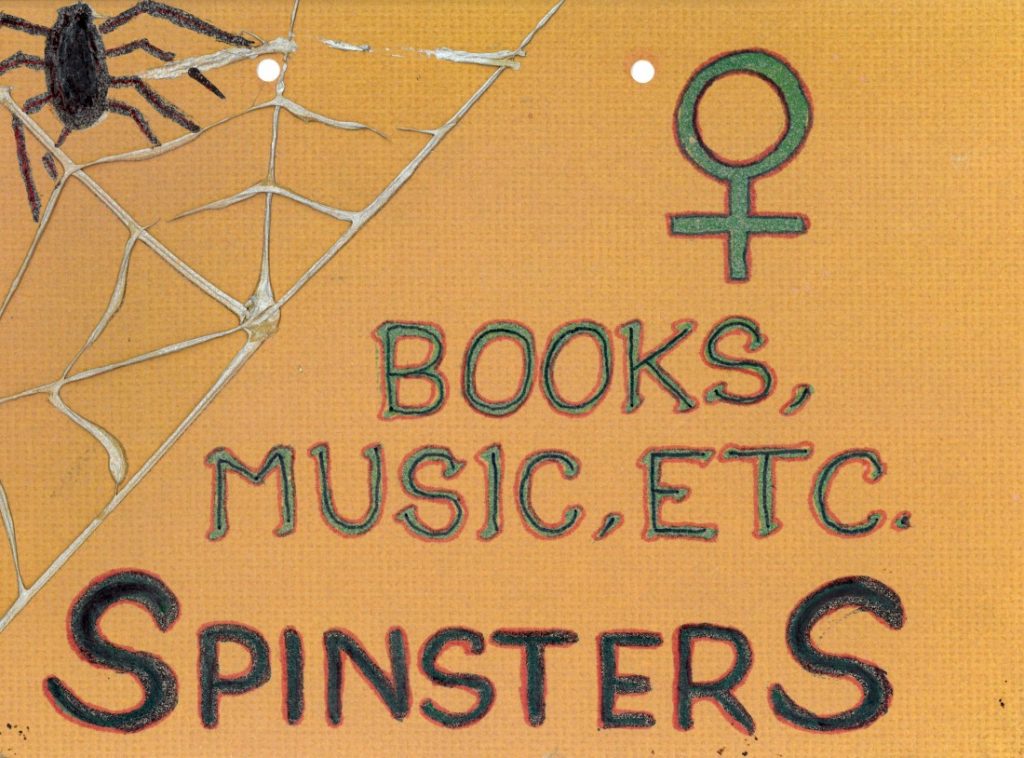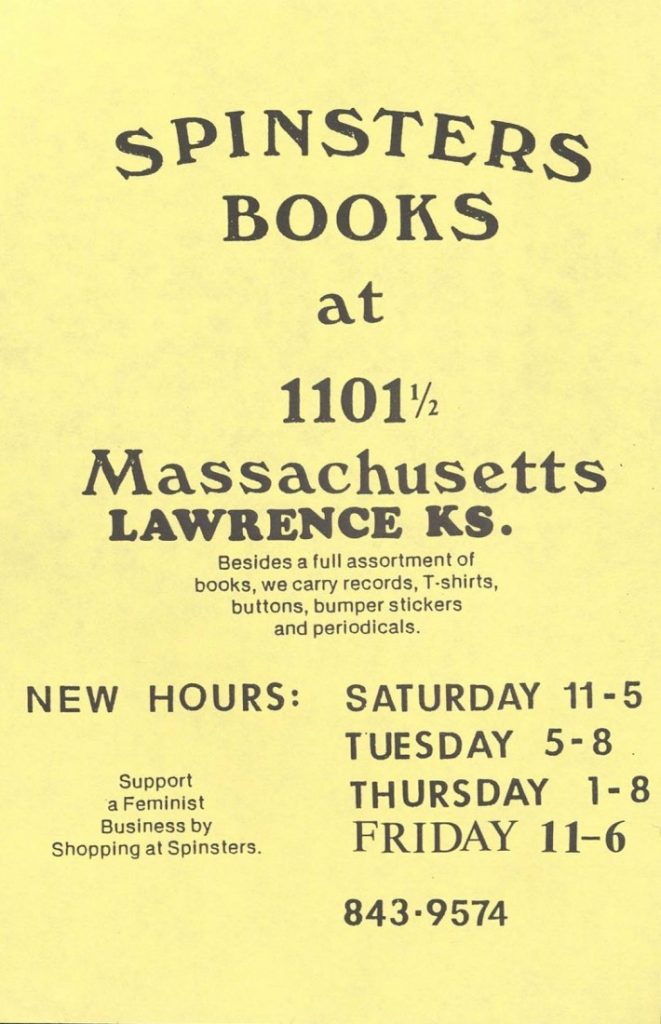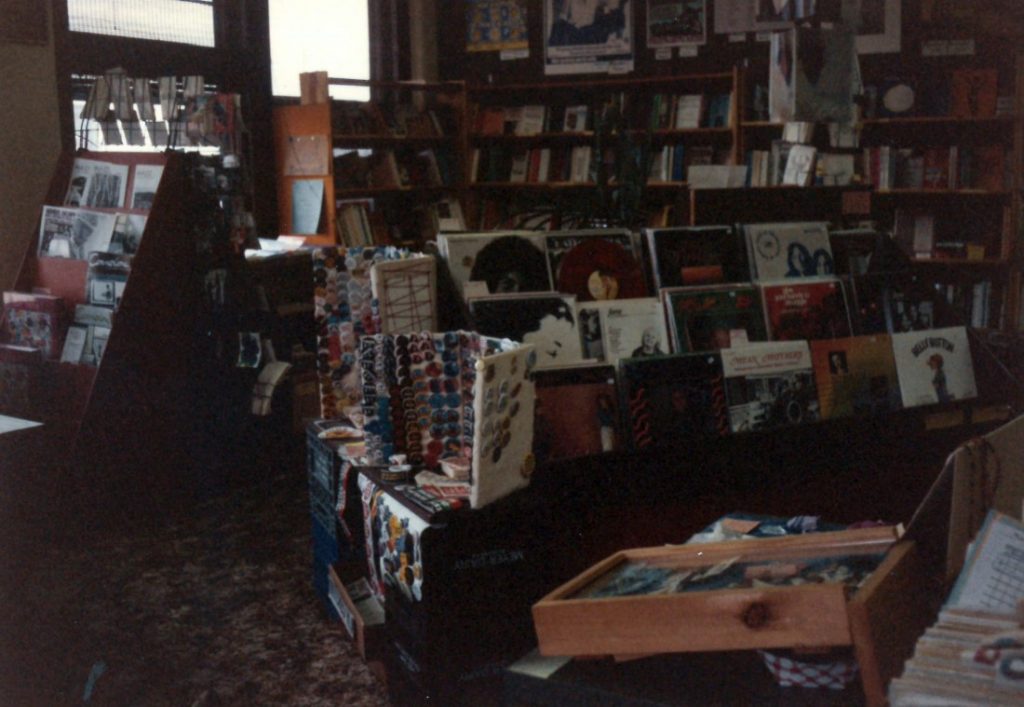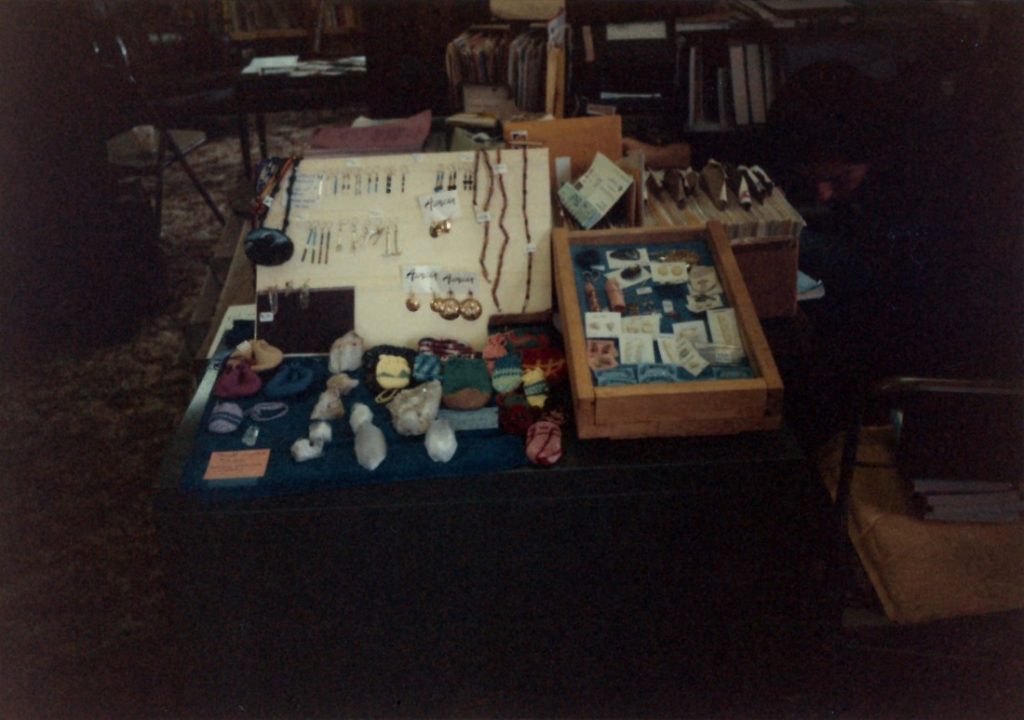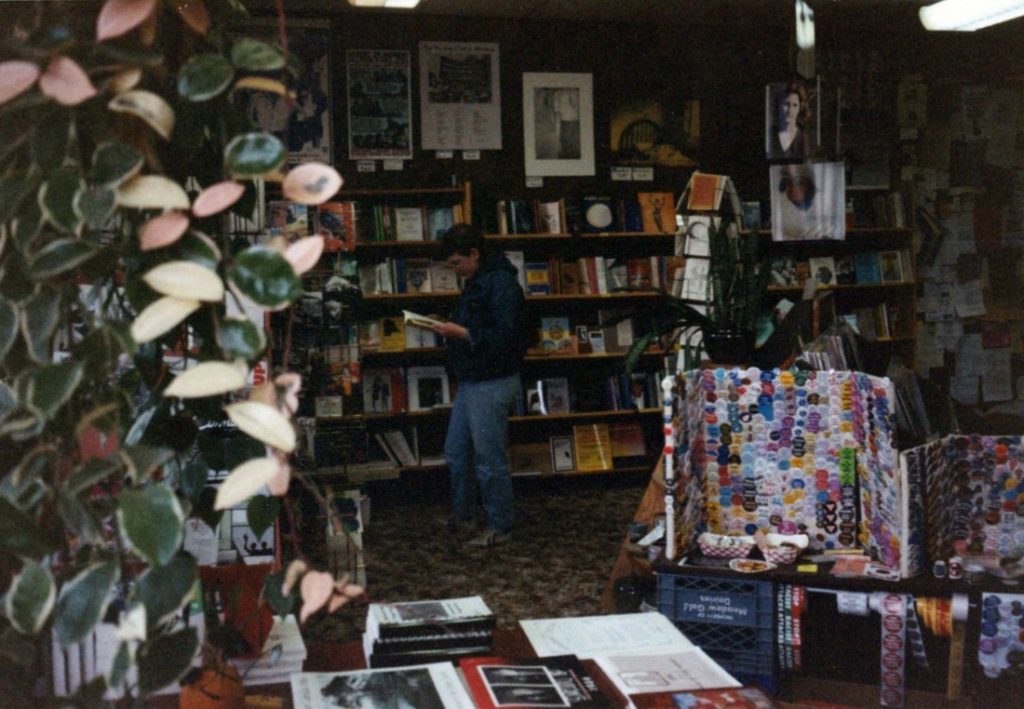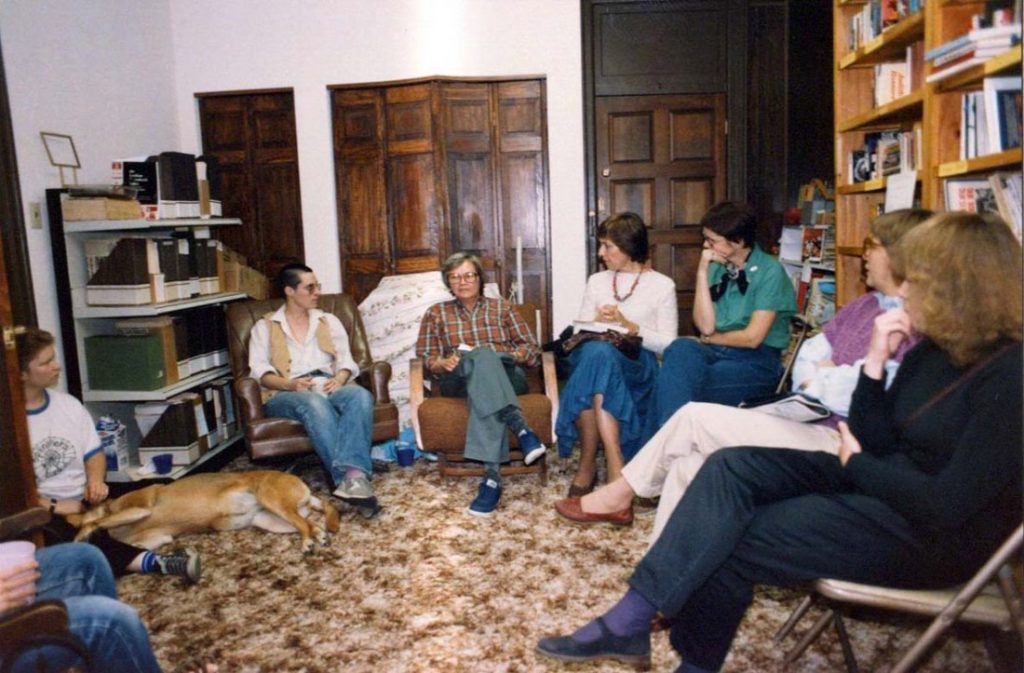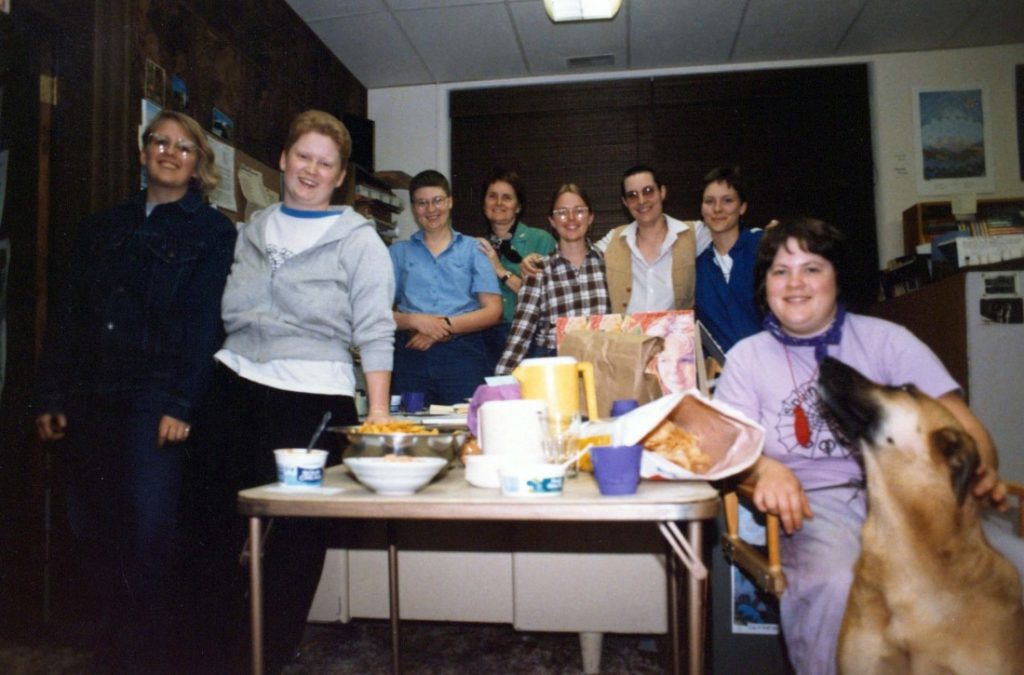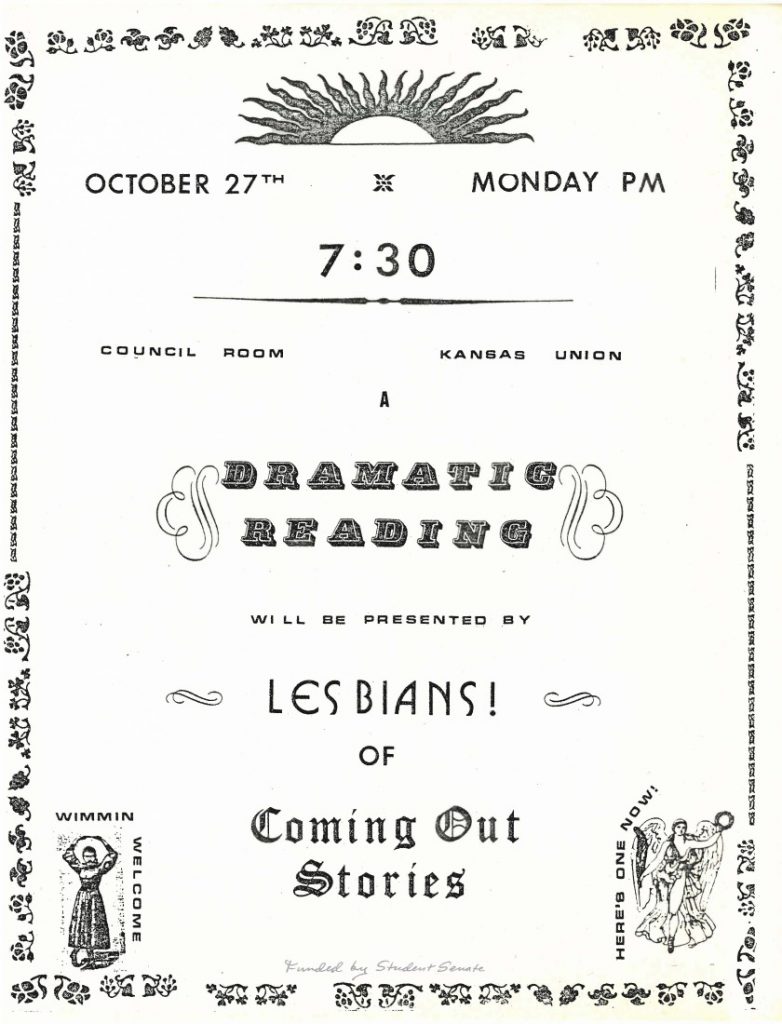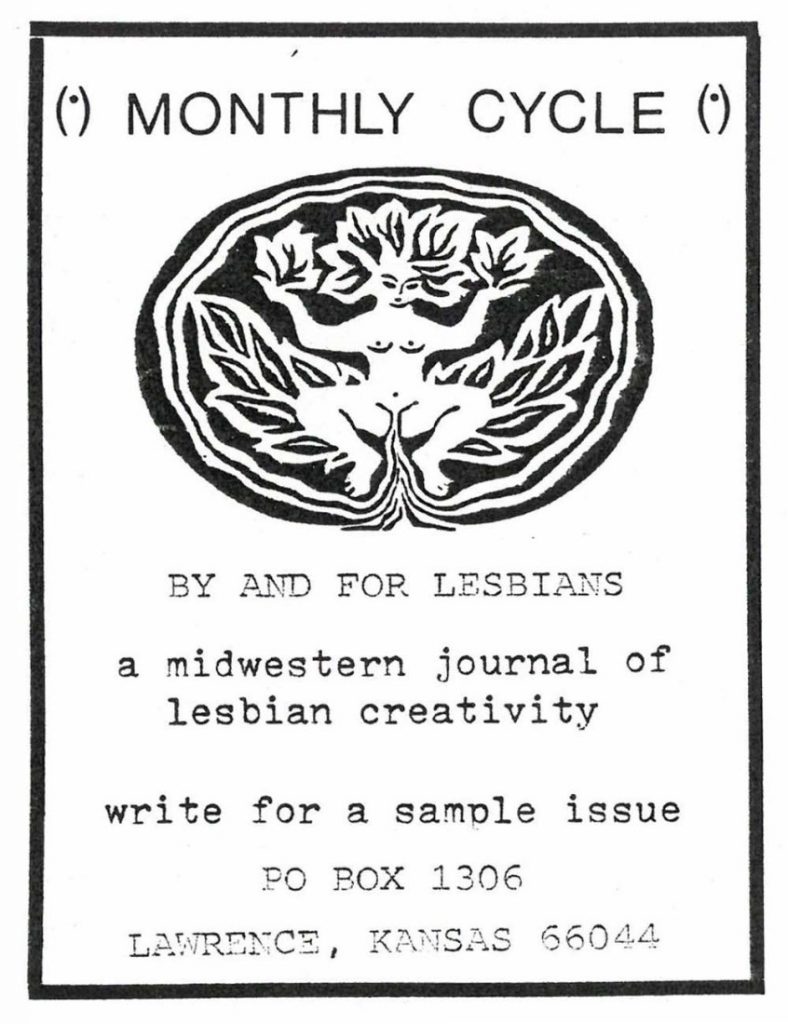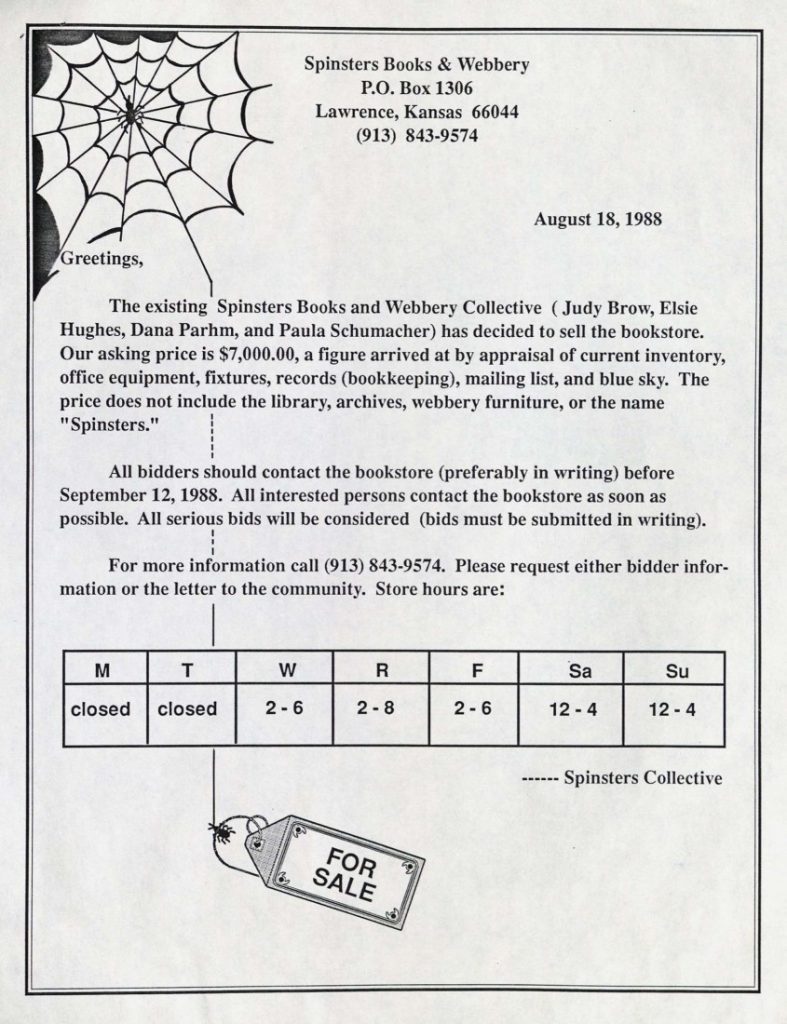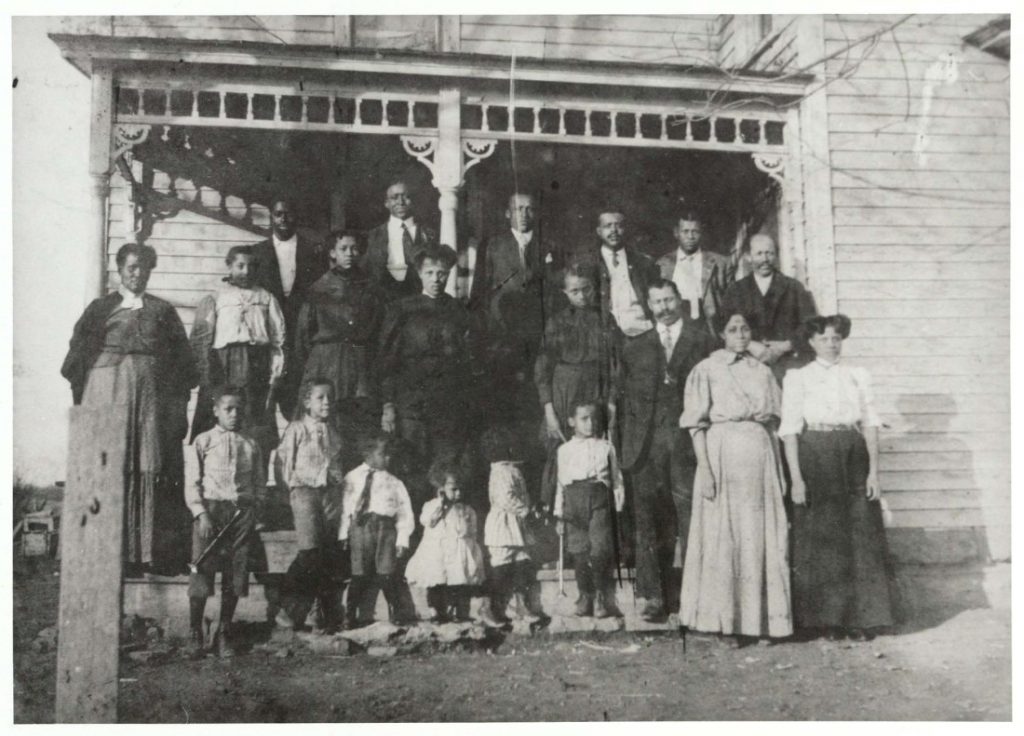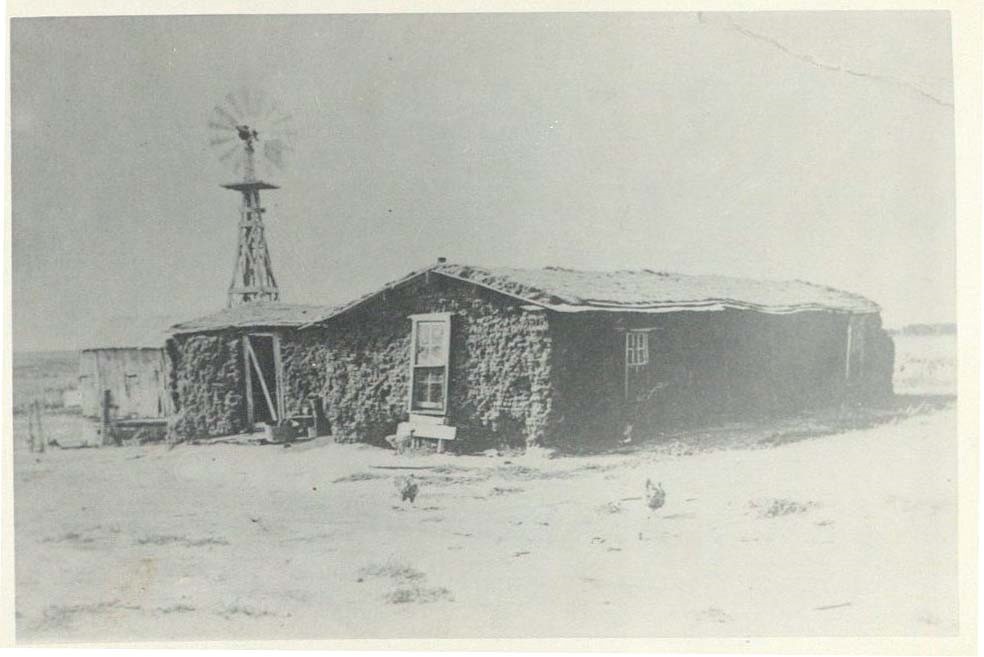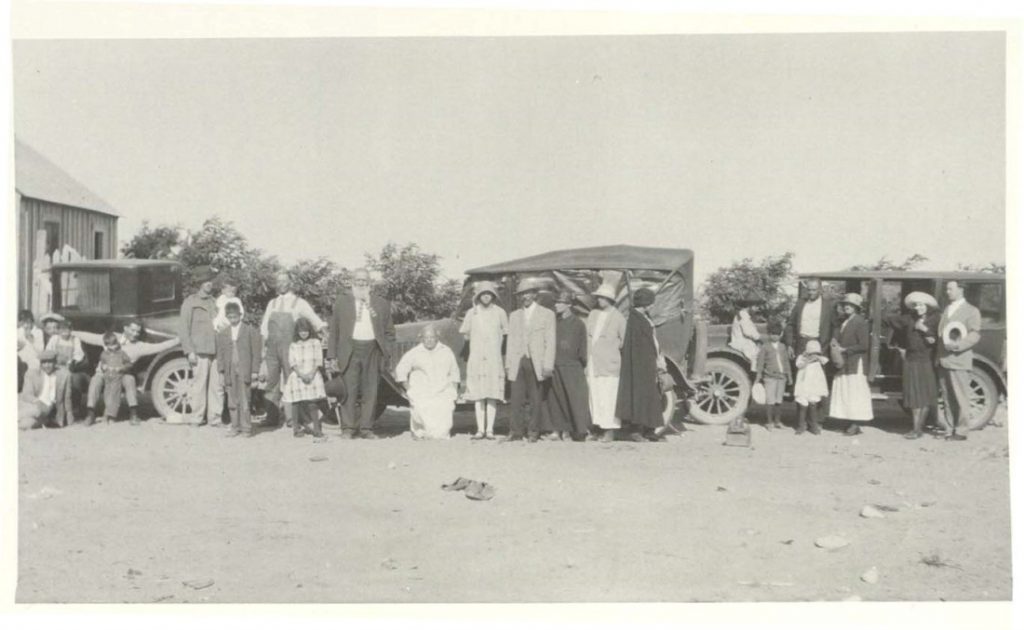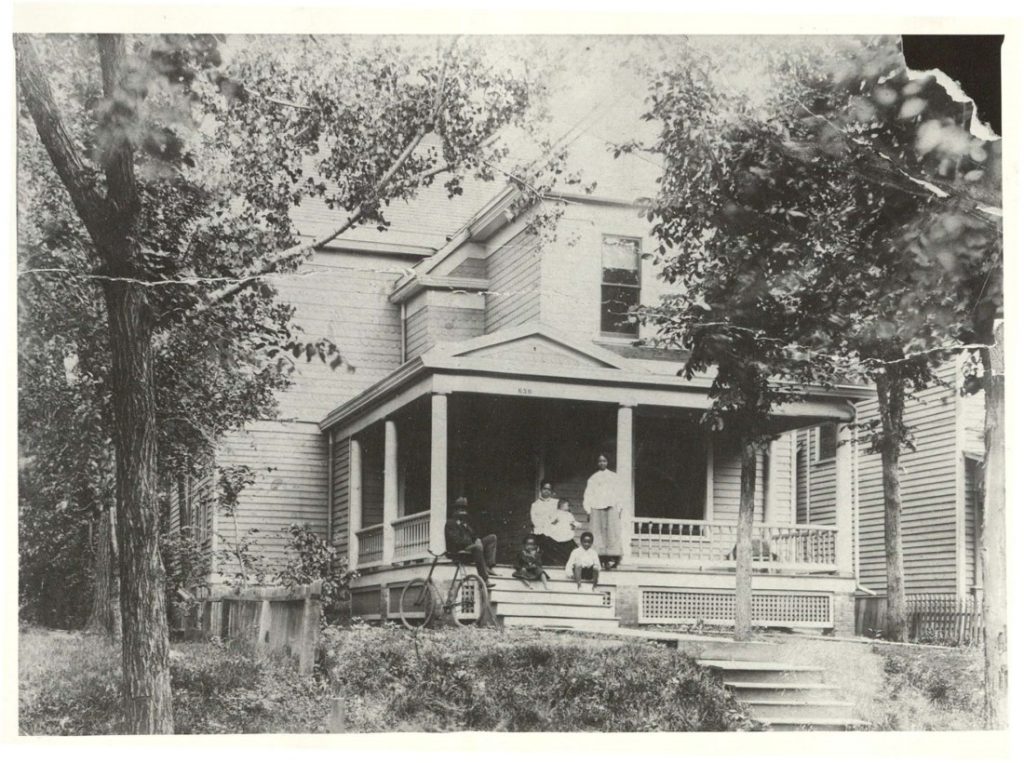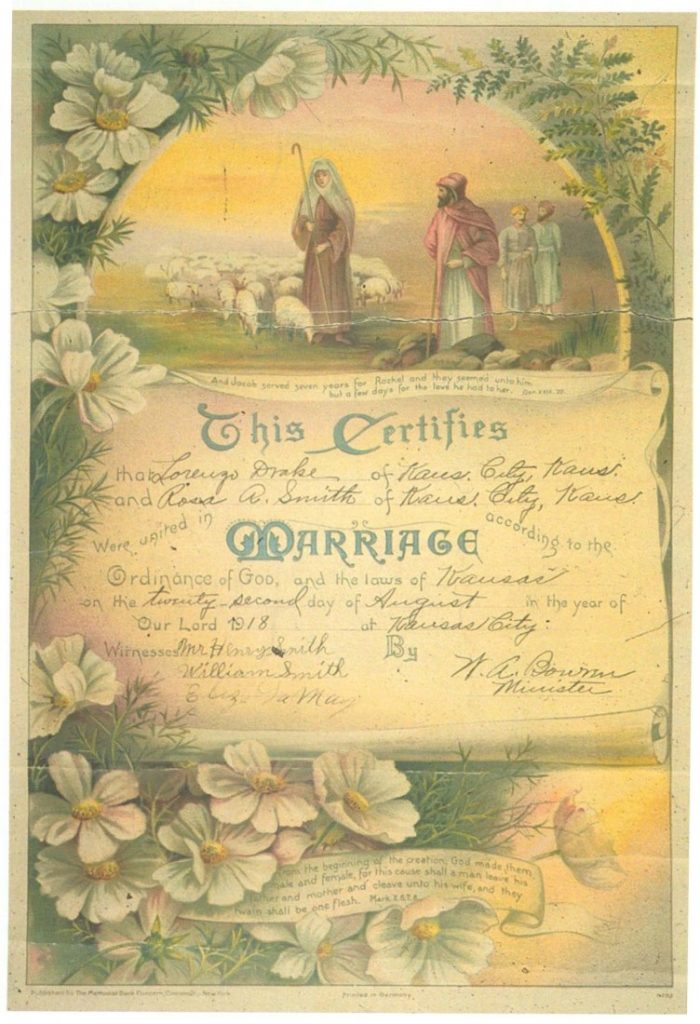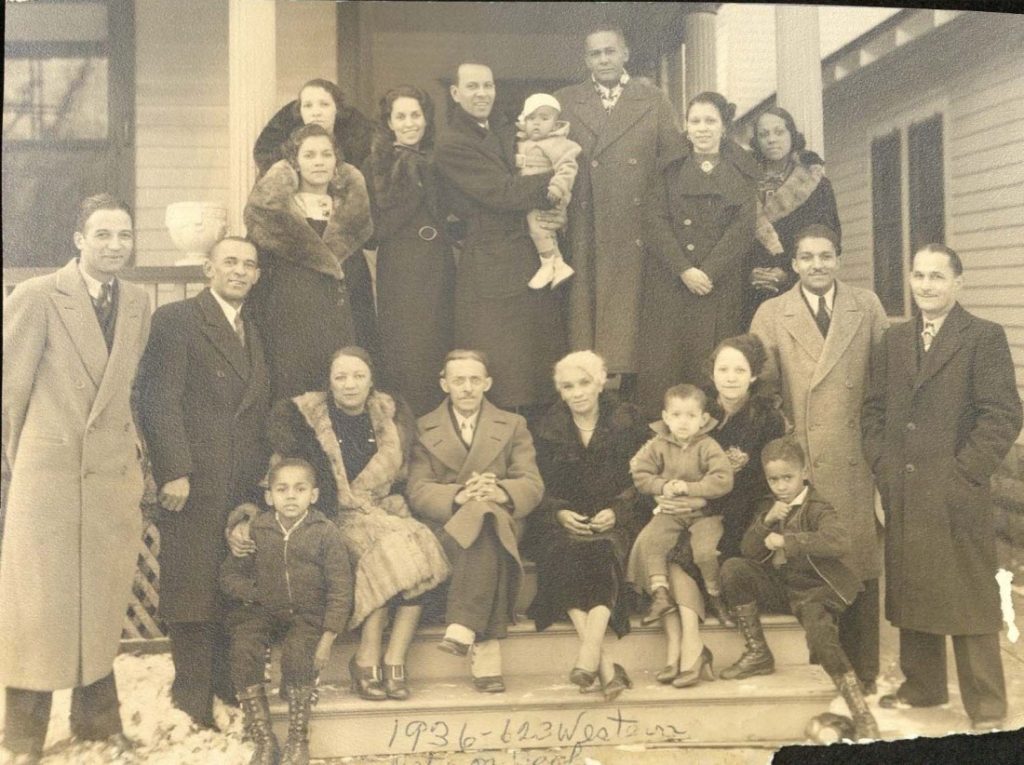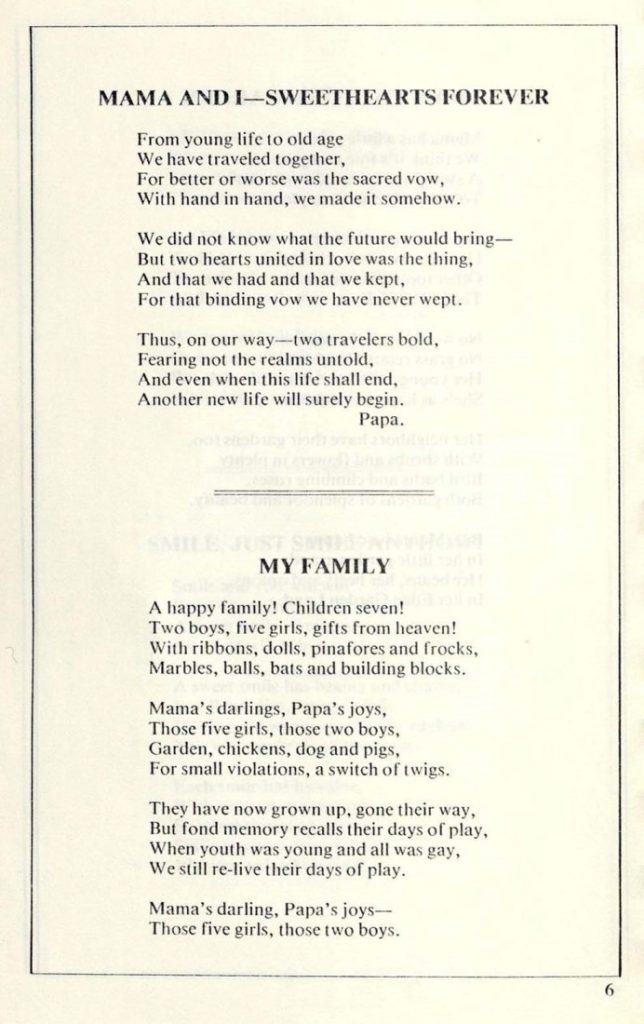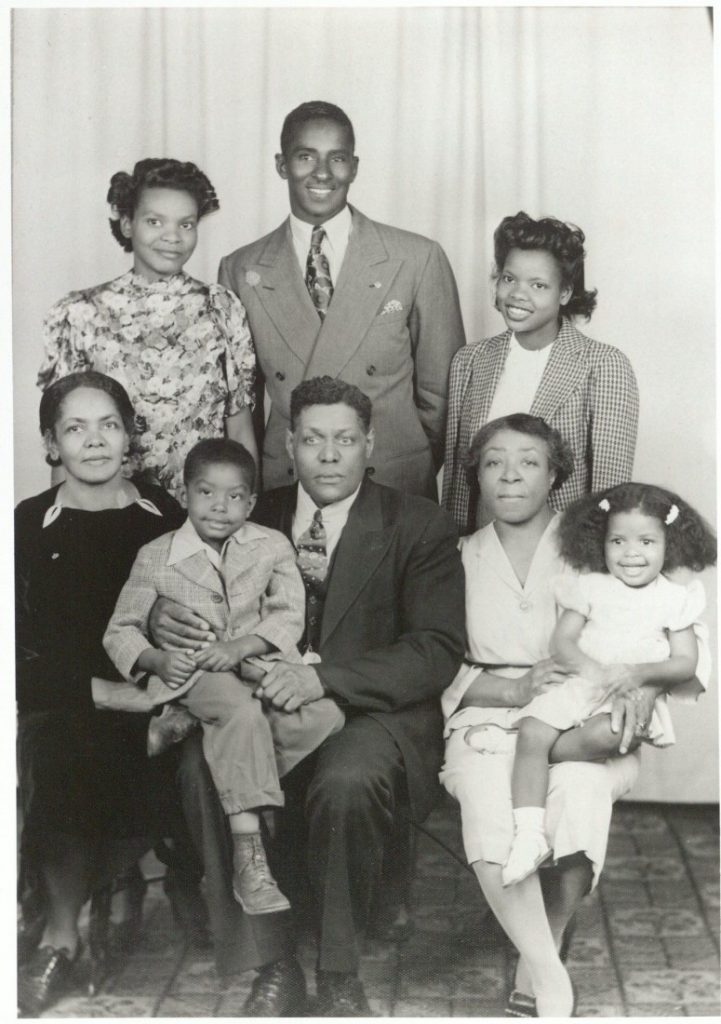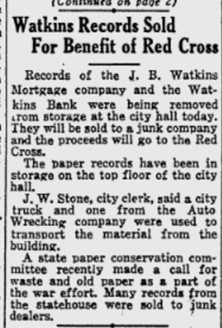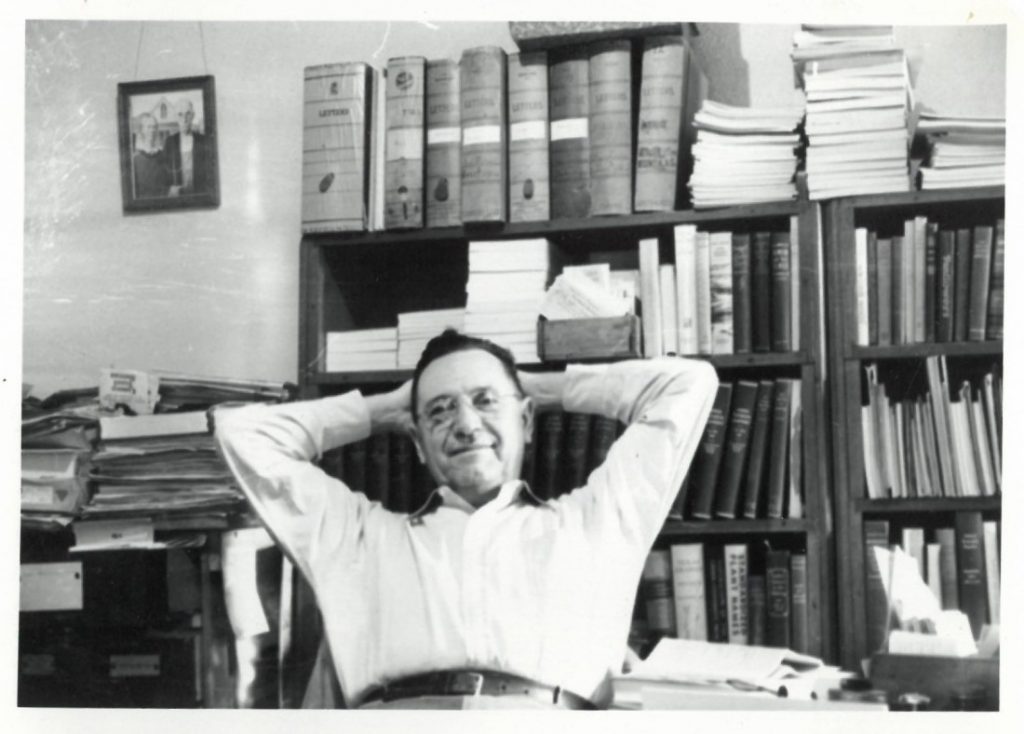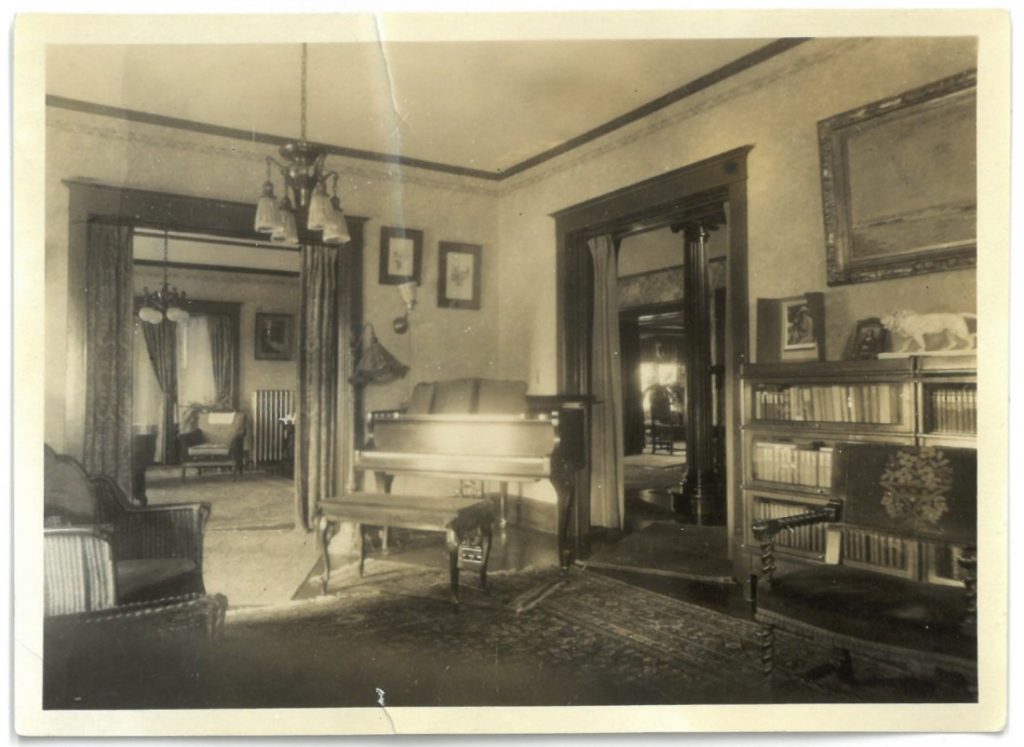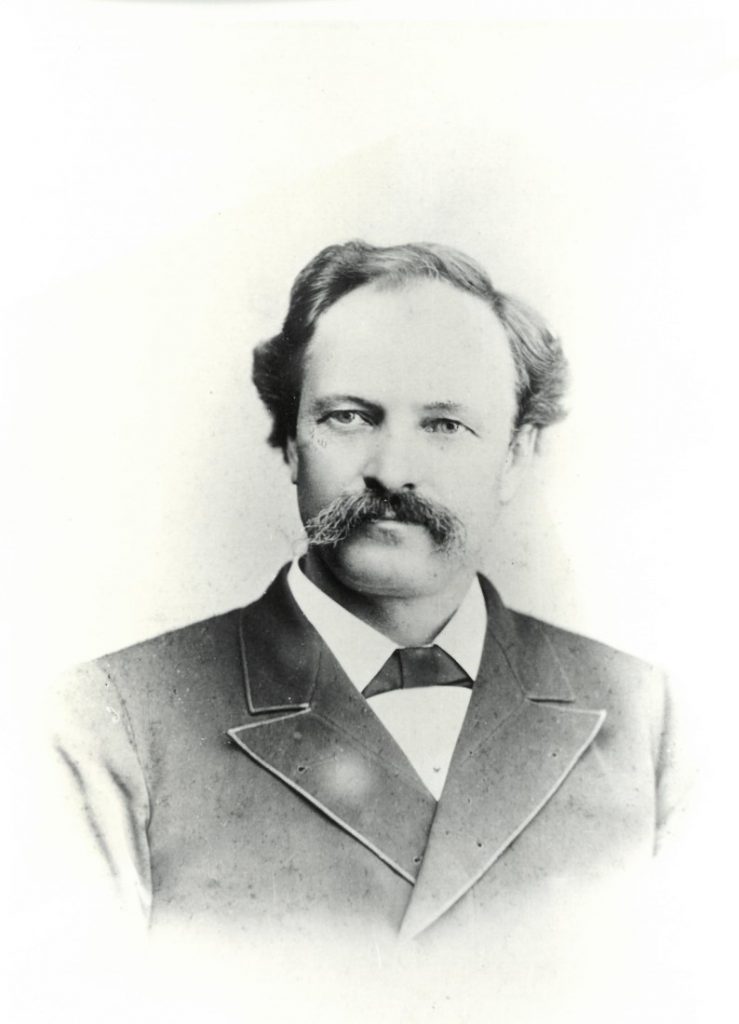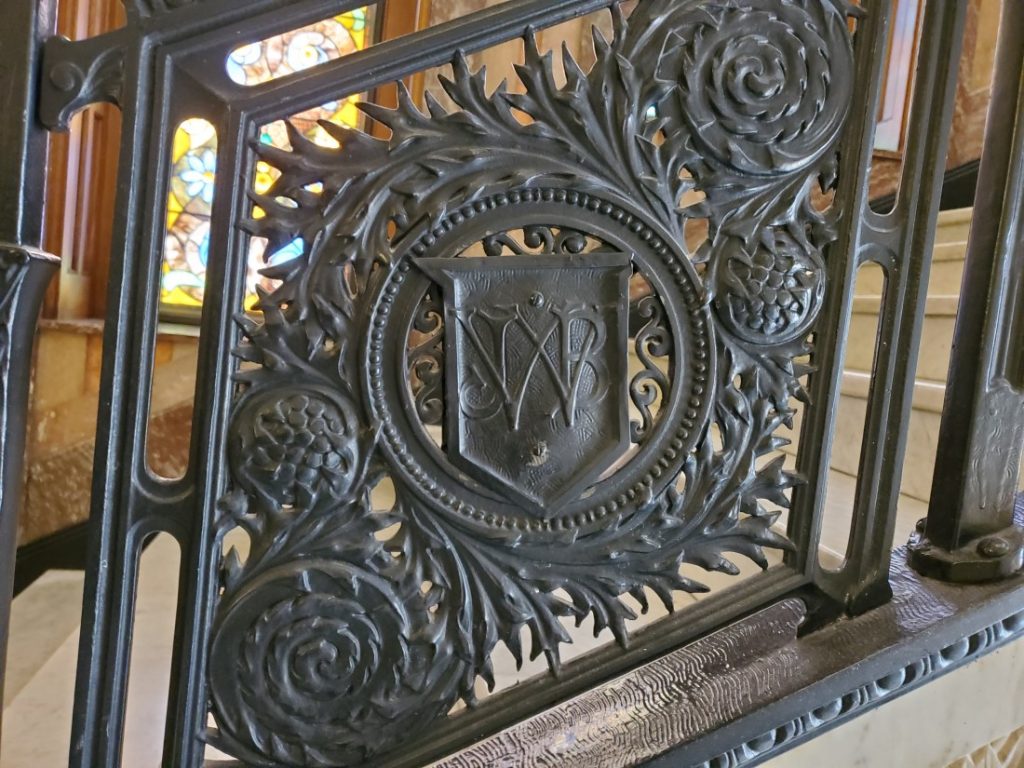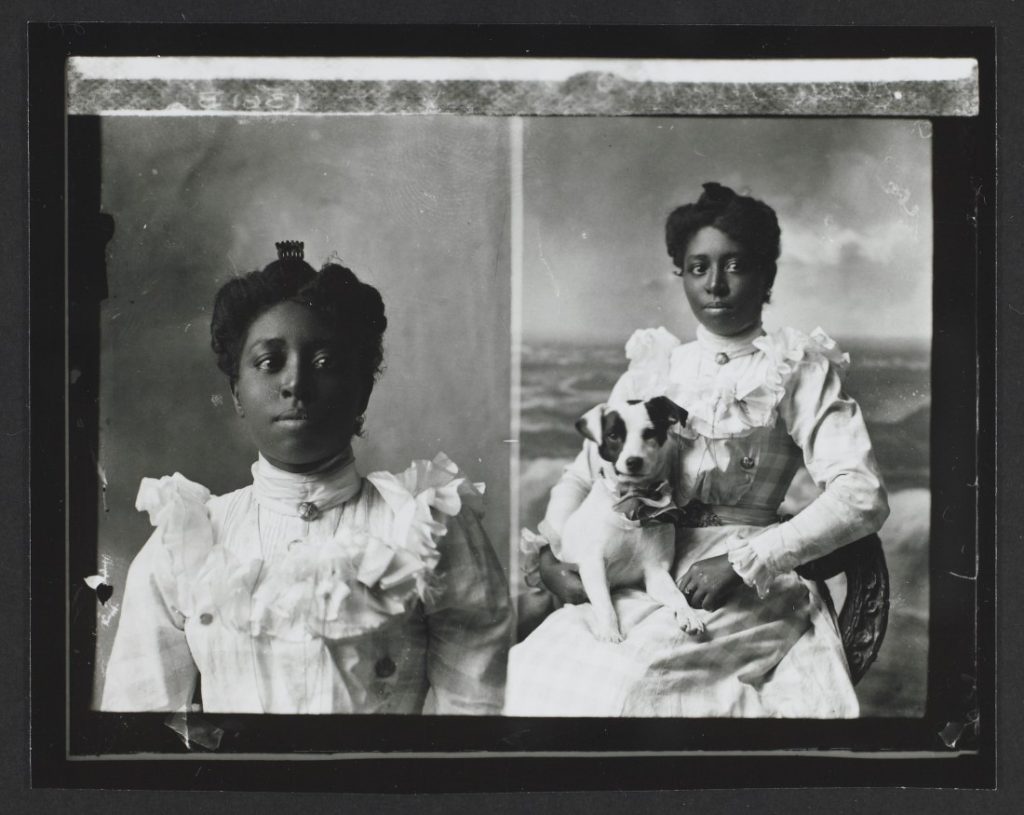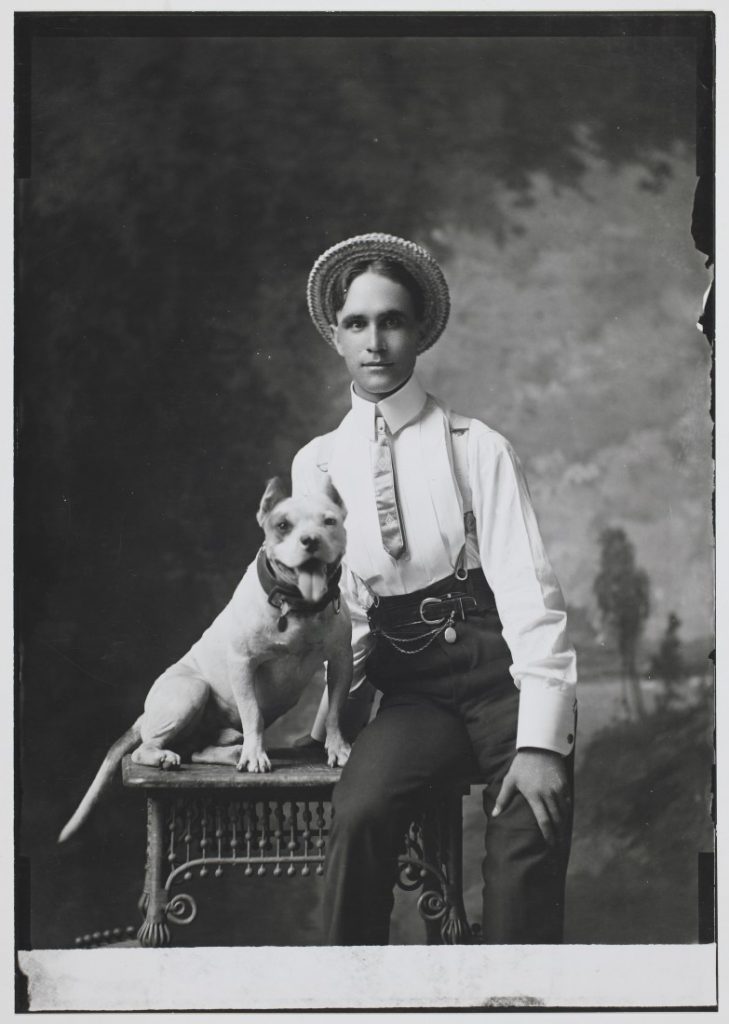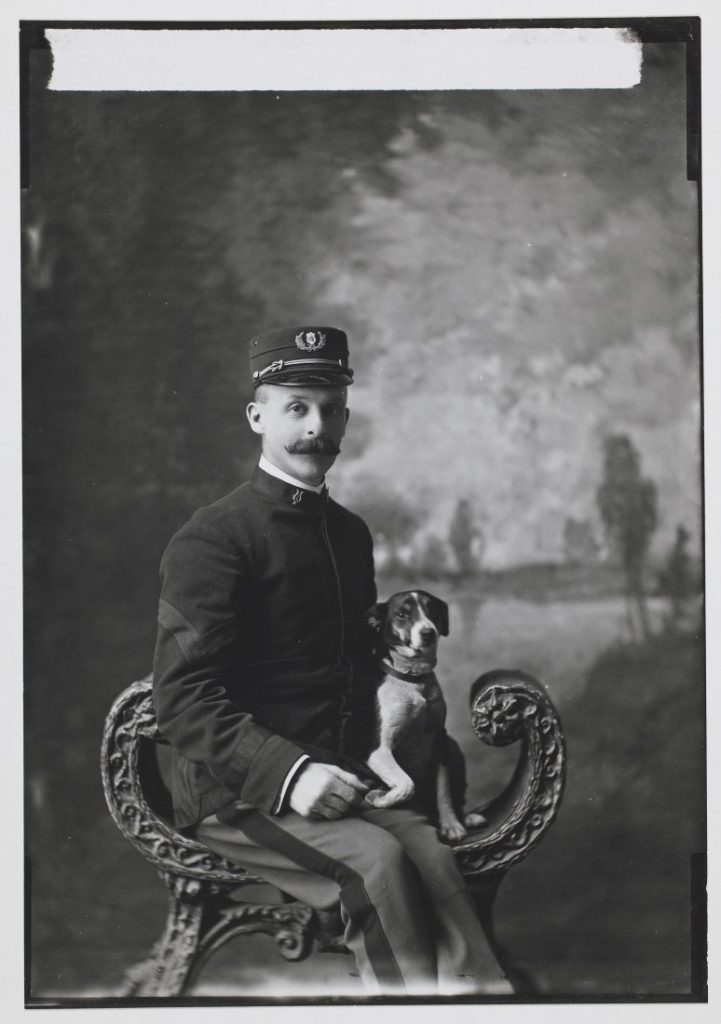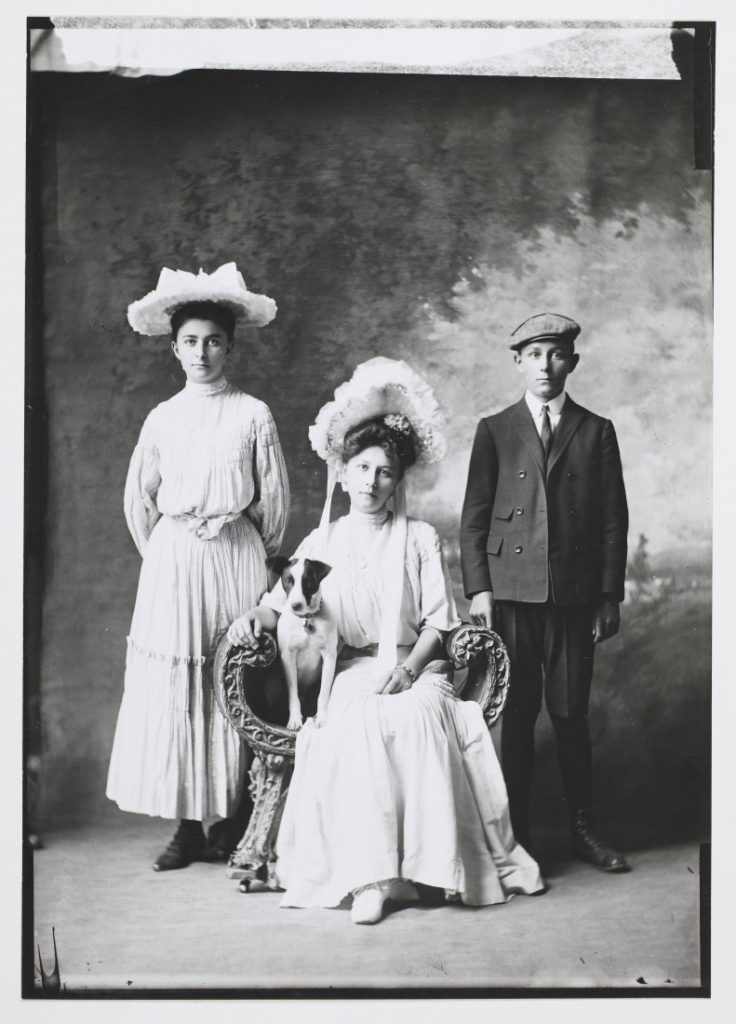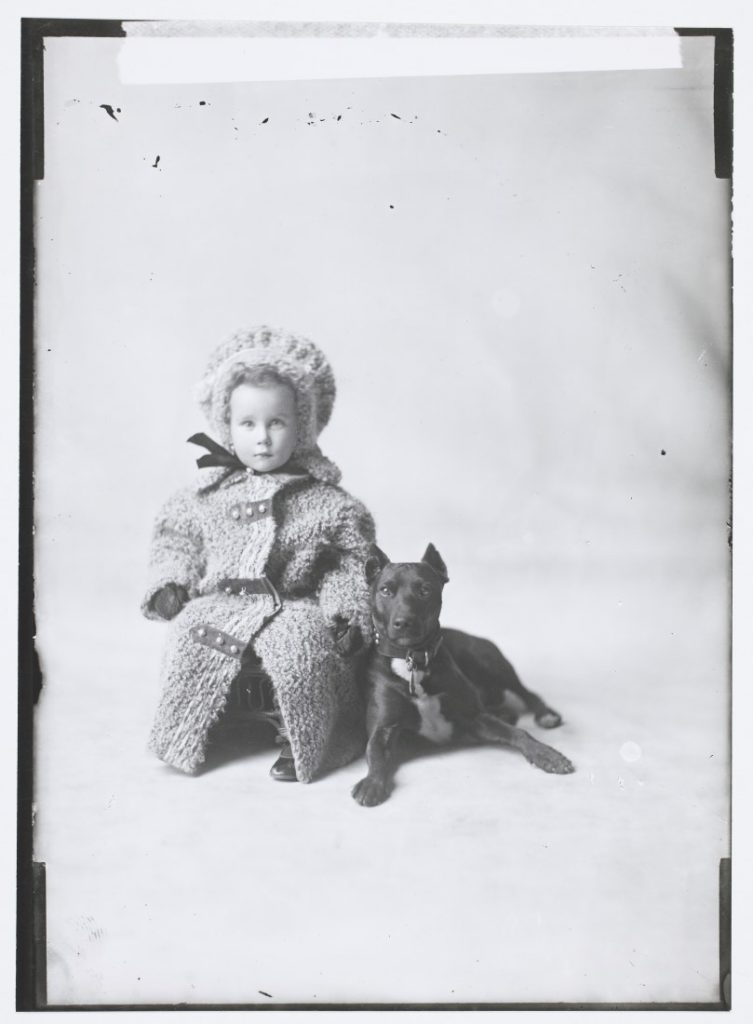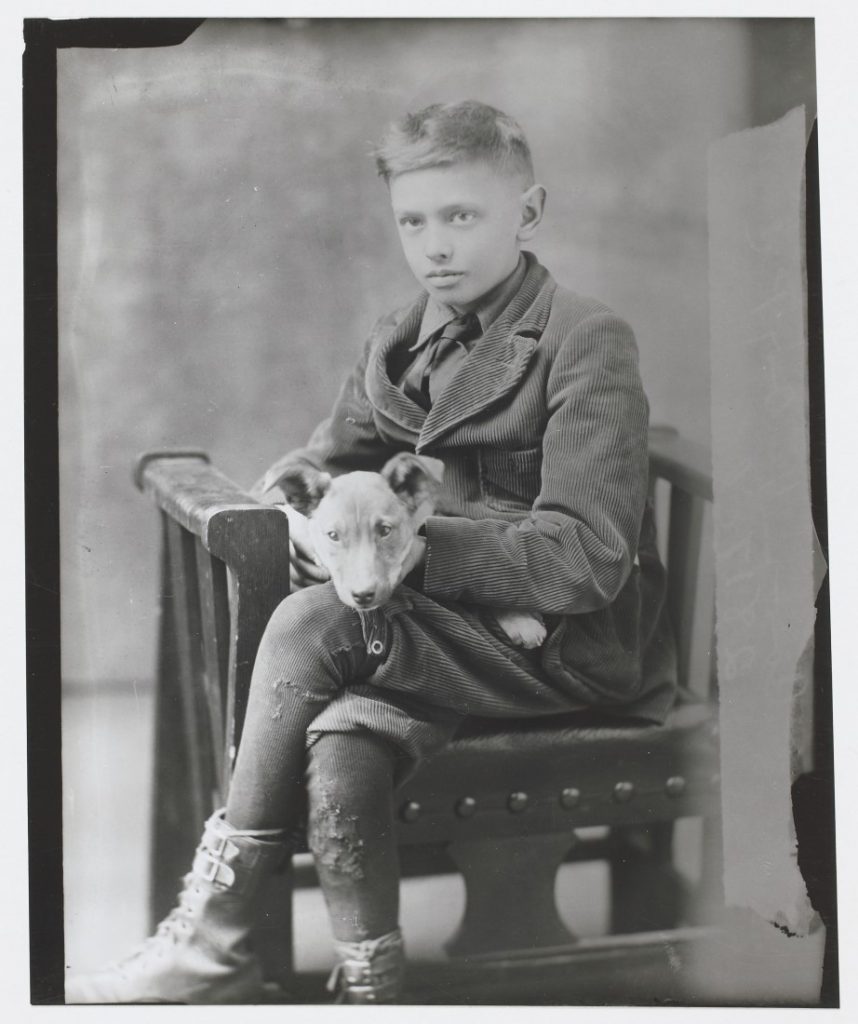2020 Virtual Internship: Archival Practices in Indigenous Communities in a Small Island Developing State (Dominica)
March 23rd, 2021Lescia Carline Valmond served as KU Libraries’ first HBCU Library Alliance Preservation Intern in the summer of 2020. She spent eight weeks taking classes online with her cohort, who were each assigned to U.S. research libraries with conservation departments. She also worked with staff at Spencer Library to craft her own project in Dominica, her home country. In this post, she describes her experiences.
In 2020, I was selected to participate in the Historically Black Colleges and Universities (HBCU) Library Alliance Summer 2020 Internship Program in conjunction with Conservation Services in Kenneth Spencer Research Library at the University of Kansas (KU). The year came with unprecedented challenges that affected this internship. The program was conducted virtually to allow the program to go on. The staff at the Spencer Research Library welcomed my thousand or so questions and further intrigued me with the work that they do.
Meetings were held each week with the directors of the HBCU Library Preservation Alliance as well as conservators and librarians at KU. Every week a new subject area or sub-field ranging from book treatments to environmental monitoring was taught online. (I will admit that I had no idea the amount of work and resources that went into archival practices.) Although I could not be there physically, the staff at Spencer Library were most happy to give me virtual tours and demonstrations of how they used the equipment and where they did their treatments. It is definitely on my bucket list to visit Spencer Library as soon as this pandemic subsides so that I can contribute a hand.
For my personal project, I worked along with Whitney Baker (Head of Conservation Services) and chose to focus on something that is dear to me, the preservation of artifacts and oral histories of the Kalinago people, an indigenous group in the Caribbean. These people are formerly known as the Caribs from which the Caribbean gets its name. However very little is known of them or by them. Personally, with this project I needed to change this dialogue. I too am Kalinago indian and sadly have known very little about my own people, culture, or even our language.
Like many other Amerindian tribes, the Kalinago, as Dominica’s first settlers, were stripped of virtually all knowledge of themselves. Hence, the goal was to create an archival station in the public library where pictures, awards, and books or anything of importance would be stored and made accessible to the people. Whilst we may never know every single detail, learning how far our ancestors came and obtaining as much information as possible is a gift in itself.
In order to retain information, oral history preservation was a focal point in this project. With the assistance of Deborah Dandridge (Field Archivist and Curator of the African American Experience Collections, Kansas Collection) and Letha Johnson (Kansas Collection Curator), an oral history release form and a contract were written for those donating items of interest. From thence, interviews were conducted with many persons who held different roles in society. This ensured diversification in experiences in the Kalinago Reserve rather than only asking the leaders of the community. These recordings were later transcribed for future reference.

Apart from interviews, personal items were contributed to the development of the archival station, as it appeared that almost everyone thought that this project was long overdue. While there existed few conservation practices or materials on the island, whatever resources could be found were utilized. After all, it was the start of a major change. Next, it was important to consider storing the items. I had to take into consideration the humidity of the climate, the placement of the maps (ensuring that they were away from sunlight), as well as controlling the occurrence of pests specific to the tropics. Thankfully this internship afforded me the opportunity to identify much of them and ways in which they can be prevented. To assist with the temporary storage, I employed the use of paper with a neutral pH.

Currently the archival station is housed at the Salybia Primary School, but its intended home is the Salybia Public Library, where the collected materials will be transferred when the library is complete.
To end the summer program, every intern had the opportunity to present their chosen projects to demonstrate what they had learned. Nervous as I was, I was extremely grateful for the knowledge imparted and am even keener on learning more in-depth conservation practices to continue with the archival station in the Kalinago Reserve. The oral history aspect of the project is the most important, given that the essence of all that was captured and will be passed on.
Lescia Carline Valmond
2020 HBCU Library Preservation Alliance Program Summer Intern





